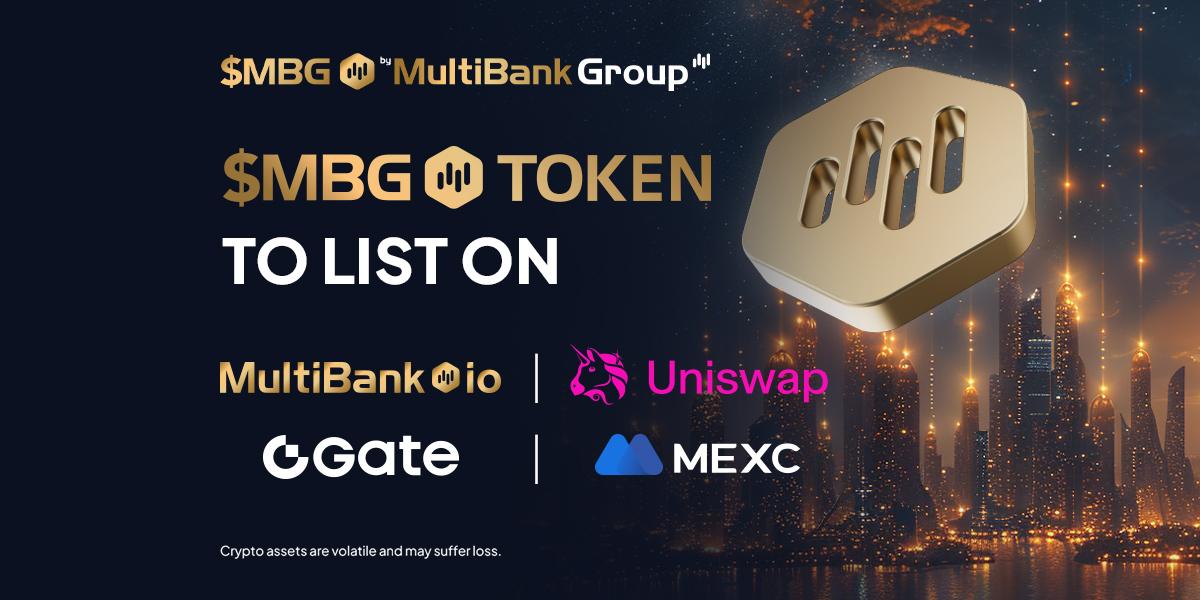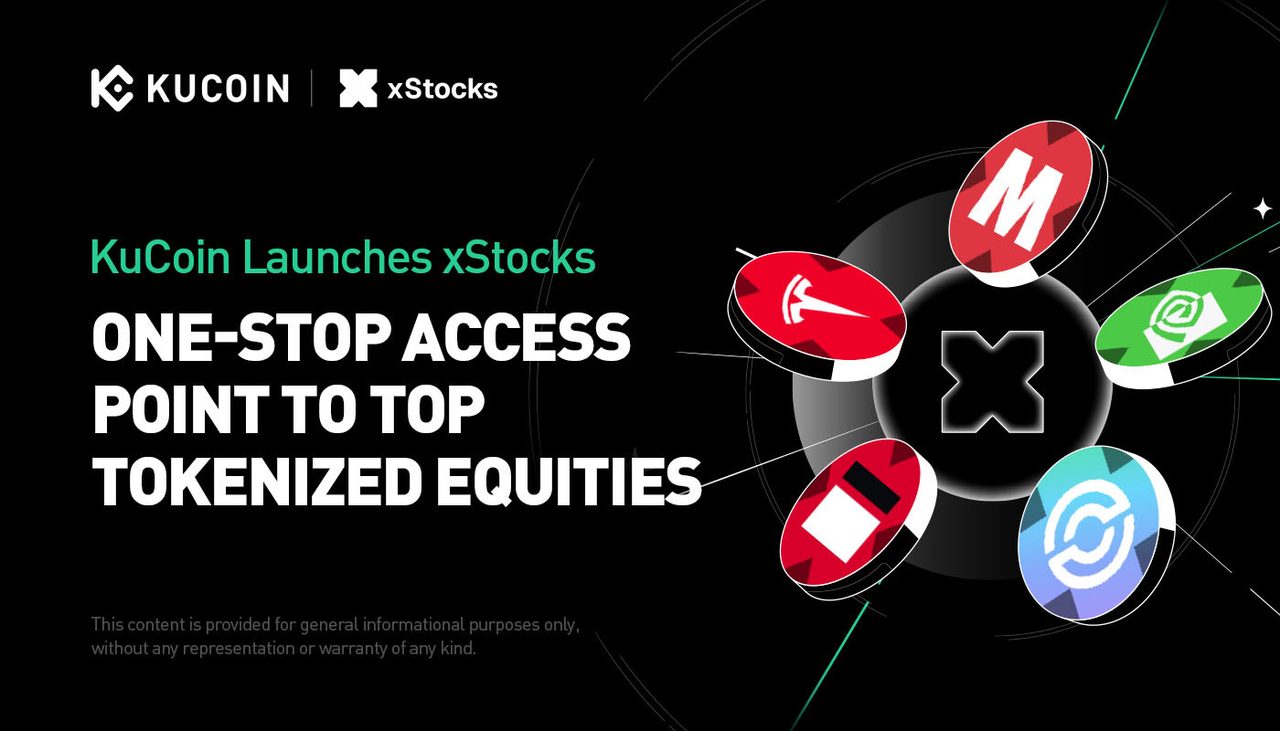Bitcoin (BTC), recognized as the emerging cryptocurrency, stands out as the most widely known among the extensive array of over 2 million cryptocurrencies currently in existence. Today, let’s find out with Coincu about Bitcoin and why it has become the king of the crypto market through the What Is Bitcoin? article.

What is Bitcoin?
Bitcoin, a decentralized digital asset and currency, has revolutionized the way we perceive and conduct financial transactions. Introduced to the public in 2009 by the mysterious Satoshi Nakamoto, Bitcoin operates as a peer-to-peer electronic payment system, eliminating the need for intermediaries such as banks.
Nakamoto envisioned a financial landscape built on cryptographic proof rather than trust, laying the foundation for a decentralized digital currency. Bitcoin stands as a cryptocurrency, a virtual form of money and payment method that operates beyond the control of any single entity. Blockchain miners are rewarded with Bitcoin for verifying transactions, and it can be bought and sold on various exchanges.
Bitcoin’s inception marked a significant turning point in the financial world, with its popularity soaring to make it the most well-known cryptocurrency globally. This success has, in turn, spurred the development of numerous other cryptocurrencies, each attempting to either replace Bitcoin or serve specific functions within different blockchain technologies and emerging financial landscapes.
The core strength of Bitcoin lies in its transparency. Every transaction ever made with Bitcoin is recorded on a public ledger, accessible to everyone. This design makes transactions resistant to reversals and forgery, ensuring the integrity of the system. Unlike traditional currencies, Bitcoins are not backed by any government or issuing institution; their value is solely determined by the proof embedded in the heart of the decentralized system.
In a world increasingly embracing digital innovation, Bitcoin’s decentralized nature and cryptographic foundation continue to shape the future of finance, inspiring the evolution of various cryptocurrencies and blockchain technologies.
Overview of Bitcoin history
In August 2008, the pivotal domain name Bitcoin.org was registered, marking the early stages of a revolutionary digital currency. Today, the domain is shielded by WhoisGuard Protection, preserving the anonymity of its registrant.
Shortly after, in October 2008, an individual or group operating under the pseudonym Satoshi Nakamoto disclosed a groundbreaking concept on the cryptography mailing list at metzdowd.com. The announcement unveiled a fully peer-to-peer electronic cash system, laying the groundwork for what is now known as Bitcoin. This revelation was documented in the now-famous white paper titled “Bitcoin: A Peer-to-Peer Electronic Cash System,” hosted on Bitcoin.org, becoming the foundational document for Bitcoin’s operation.
The journey of Bitcoin continued on January 3, 2009, with the mining of the first block, often referred to as the “genesis block.” Notably, this block included a text snippet from The Times, dated March 3, 2009, hinting at the economic climate of that time.
Bitcoin’s reward system is a fundamental aspect of its operation. The protocol dictates that rewards are halved approximately every 210,000 blocks. For instance, the initial block reward in 2009 was 50 new bitcoins. The third halving, which occurred on May 11, 2020, reduced the reward to 6.25 bitcoins per block. Anticipated in 2024, the next halving is expected to further decrease the reward to 3.125 bitcoins.

Intriguingly, Bitcoin’s divisibility adds another layer to its versatility. One Bitcoin is divisible up to eight decimal places, with the smallest unit named a satoshi, equivalent to 100 millionths of a bitcoin. The flexibility extends further, as future changes could make Bitcoin divisible to even more decimal places, pending acceptance by participating miners.
From its domain registration to the intricacies of its reward system, Bitcoin’s journey unfolds as a testament to the transformative power of decentralized digital currencies, reshaping the landscape of modern finance.
What gives Bitcoin value?
Scarcity and Durability: A Digital Gold Standard
Bitcoin’s scarcity is at the core of its value proposition. With a capped supply of only 21 million bitcoins, it mirrors the rarity that made gold a preferred form of money throughout history. Unlike traditional currencies subject to inflationary pressures, Bitcoin’s finite nature ensures a safeguard against diminishing value over time.
Similar to gold’s enduring allure, Bitcoin boasts durability. The decentralized nature of its global network, powered by independently operated computers, ensures the preservation of the cryptocurrency. This robust infrastructure prevents the loss of bitcoins, mirroring the lasting value attributed to gold over centuries.
Divisibility: Breaking Barriers in Transactions
One distinguishing feature of Bitcoin is its unparalleled divisibility. While traditional currencies like the US dollar can be broken into 100 cents, one bitcoin can be divided into 100 million satoshis. This extraordinary divisibility ensures that the world will never “run out” of Bitcoin, allowing for microtransactions and facilitating a more inclusive global economy.
Beyond Gold: Bitcoin’s Additional Advantages
Bitcoin not only emulates the properties that made gold a trusted store of value but also introduces novel features that enhance its monetary capabilities:
- Swift Global Transactions: Bitcoin enables the swift transfer of any amount to anyone worldwide within minutes, transcending the constraints of traditional banking systems.
- Impeccable Authenticity Verification: Unlike the susceptibility of gold to fraudulent transactions, Bitcoin offers an incorruptible system. The blockchain, a decentralized ledger, makes it practically impossible to transact with fake bitcoins, providing a level of security and transparency unparalleled in the world of finance.
How does Bitcoin work?
Blockchain, as the name suggests, is a linked body of data where each unit, or block, contains intricate details about a transaction. Information such as the date and time, total value, buyer and seller identities, and a unique code for each exchange are meticulously recorded. These blocks are then strung together chronologically, forming an unbroken chain of transactional history.
Operating on a peer-to-peer network, Bitcoin eliminates the need for intermediaries in transaction execution and validation. Users, whether individuals or entities, can directly connect their computers to the network, downloading the public ledger that meticulously records all historical Bitcoin transactions.
This public ledger, powered by blockchain technology or distributed ledger technology, ensures the verification, storage, and ordering of cryptocurrency transactions in an immutable and transparent manner. The critical attributes of immutability and transparency are fundamental in a payment system built on the principle of zero trust.
As new transactions are confirmed and added to the ledger, the entire network updates, ensuring every user’s copy reflects the latest changes. Visualize it as an open Google document that automatically updates whenever someone with access edits its content.
The Bitcoin blockchain, a digital string of chronologically ordered blocks, serves as the repository for bitcoin transaction data. It’s noteworthy that validating transactions and bitcoin mining are distinct processes, and an increase in transactions doesn’t necessarily accelerate the rate at which miners discover new blocks.

Irrespective of transaction volume, the Bitcoin protocol allows new blocks to be added to the blockchain approximately every 10 minutes. This predictable schedule contributes to the reliability and efficiency of the Bitcoin network.
The public nature of the blockchain enables all network participants to monitor bitcoin transactions in real-time, mitigating the risk of a potentially serious issue known as double-spending. This occurs when a user attempts to spend the same cryptocurrency twice.
The apparent risk of anyone editing the blockchain is mitigated by a crucial aspect that makes Bitcoin both trustworthy and secure. For a transaction block to be added to the Bitcoin blockchain, it must gain majority verification from all Bitcoin holders. Additionally, the unique codes used to identify users’ wallets and transactions must adhere to a rigorous encryption pattern.
These codes, characterized by their length and randomness, significantly reduce the likelihood of fraudulent Bitcoin transactions. The robust statistical randomness in blockchain verification codes, a necessity for every transaction, adds an additional layer of security to the Bitcoin ecosystem, assuring users of the integrity of their digital transactions.
What is Bitcoin mining?
Bitcoin introduces a unique and decentralized method of creating new units through a process known as mining. In this intricate system, individuals, colloquially referred to as miners or nodes, operate high-speed computers to validate transactions and, in turn, are rewarded with newly minted Bitcoins.
These miners play a crucial role in the Bitcoin network, independently verifying each transaction. The process involves confirming and adding a completed “block” of transactions to the continuously expanding “chain” known as the blockchain. This blockchain stands as an immutable, public ledger that meticulously records every Bitcoin transaction, ensuring transparency and permanence.
The incentive for miners lies in the reward system: newly created Bitcoins. As miners successfully validate transactions and contribute to the completion of blocks, they are compensated with a share of the newly generated cryptocurrency. This financial reward mechanism serves as a powerful motivator, encouraging miners to actively participate in the validation process.
The decentralized nature of Bitcoin mining significantly reduces the risk of fraud or misinformation. For a transaction to be added to the blockchain, it must undergo a thorough validation process by a majority of miners—a concept known as proof-of-work. This intricate consensus mechanism ensures the authenticity of each block of data before it becomes an indelible part of the blockchain.
The utilization of proof-of-work not only reinforces the security of the Bitcoin network but also fosters a trustless environment where transactions can be verified independently. The reliance on a distributed network of miners minimizes the potential for centralized manipulation, upholding the core principles of decentralization and transparency.
Why does Bitcoin exist?
Bitcoin, conceived as a decentralized means of online money transfer, has transformed into a multifaceted digital asset, offering a range of functionalities beyond its original peer-to-peer payment purpose. Designed to operate independently of central control, Bitcoin has gained traction as a versatile alternative to traditional currencies.
Initially envisioned and released as a peer-to-peer payment method, Bitcoin’s role has expanded over time, fueled by its increasing value and the evolving landscape of competing blockchains and cryptocurrencies.
Payment System
At the core of Bitcoin transactions is the necessity for a cryptocurrency wallet. These wallets serve as the interface to the blockchain, holding the private keys required for conducting transactions. Bitcoin has transcended its initial purpose, finding acceptance as a legitimate means of payment for goods and services at numerous merchants, retailers, and stores.
Recognizable by the ubiquitous “Bitcoin Accepted Here” sign, brick-and-mortar establishments embracing cryptocurrencies enable transactions through dedicated hardware terminals or by providing wallet addresses via QR codes and touchscreen applications. The online sphere has seamlessly integrated Bitcoin as a payment option alongside traditional methods like credit cards and PayPal.
Investment
The meteoric rise of Bitcoin’s popularity between 2009 and 2017 captured the attention of investors and speculators. The emergence of cryptocurrency exchanges during this period facilitated the buying and selling of Bitcoin. As prices surged, demand escalated, culminating in 2017 when Bitcoin surpassed the $1,000 mark.
This surge prompted a shift in perception, with many anticipating a continued ascent in Bitcoin prices, leading to widespread adoption. Investors flocked to acquire and hold Bitcoin, while traders leveraged cryptocurrency exchanges for short-term trades, sparking a significant uptick in market activity.

Bitcoin with regulations
Striking a balance between preventing illegal activities associated with Bitcoin and supporting its development, President Biden emphasizes the need for regulatory measures without stifling innovation.
The United States has taken a proactive stance in regulating cryptocurrencies, particularly addressing concerns about their potential criminal usage abroad. This approach includes sanctioning cryptocurrency exchanges and individual wallets while actively pursuing the recovery of crypto payments made to criminals. The administration’s goal is to curb illicit activities without hindering the broader potential of digital currencies.
Bitcoin’s legality is a subject of contention worldwide, with most Western democracies valuing freedom of speech and allowing its legal possession. Bitcoin, fundamentally open-source code, operates outside centralized control. Attempts by certain countries to ban its usage have proven challenging due to the decentralized nature of the cryptocurrency, making total enforcement nearly impossible.
As the Bitcoin and cryptocurrency ecosystem continues to evolve, so too will the regulatory framework surrounding it. The dynamic nature of the industry suggests that regulations will undergo numerous changes over time. The challenge lies in developing a regulatory environment that safeguards against illegal activities while fostering the positive contributions of this burgeoning sector.
Conclusion
As the first cryptocurrency, Bitcoin introduced the concept of decentralized digital currency, aiming to provide an alternative means of financial transactions outside the conventional fiat currency system. Since its inception, Bitcoin has witnessed a significant surge in popularity, gaining traction as a decentralized and secure method of conducting transactions. Hopefully, Coincu’s What is Bitcoin? article has helped you gain more understanding about the electronic currency that gave birth to today’s crypto market.
DISCLAIMER: The information on this website is provided as general market commentary and does not constitute investment advice. We encourage you to do your own research before investing.
























